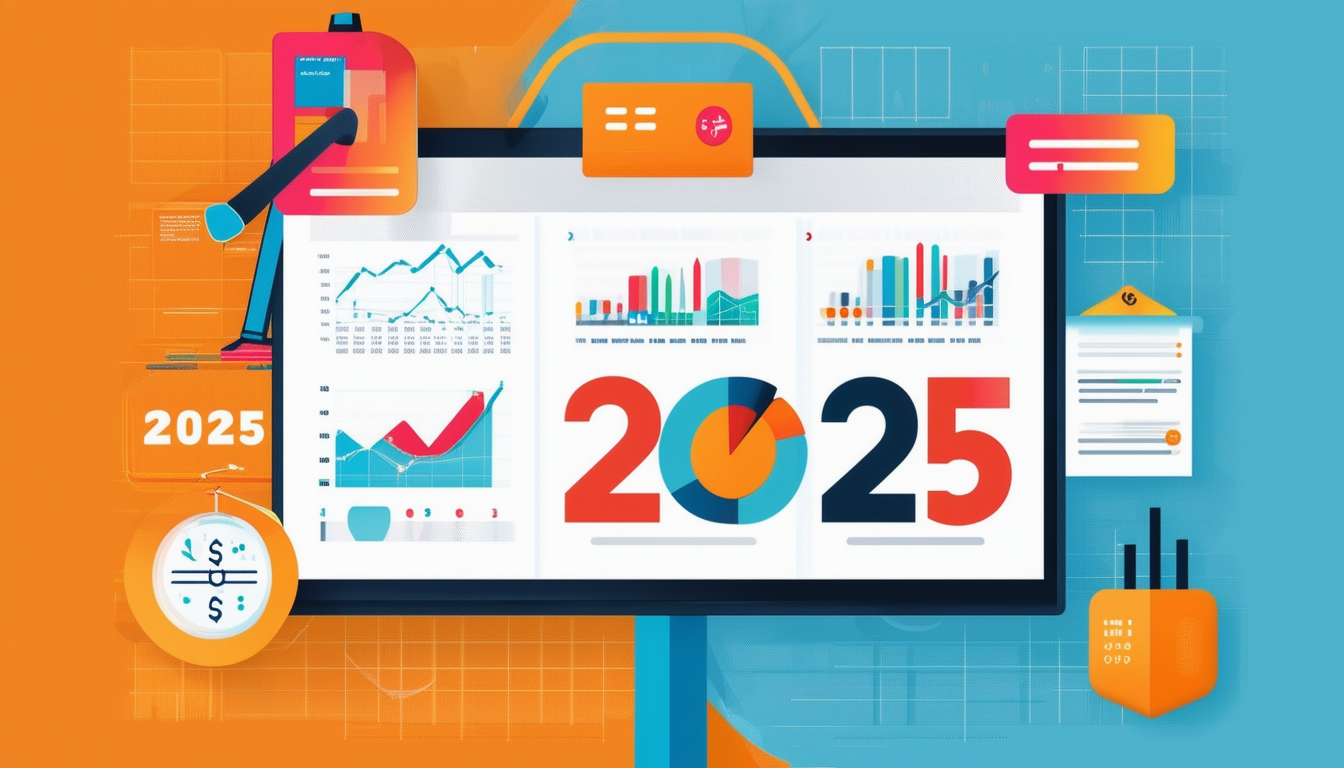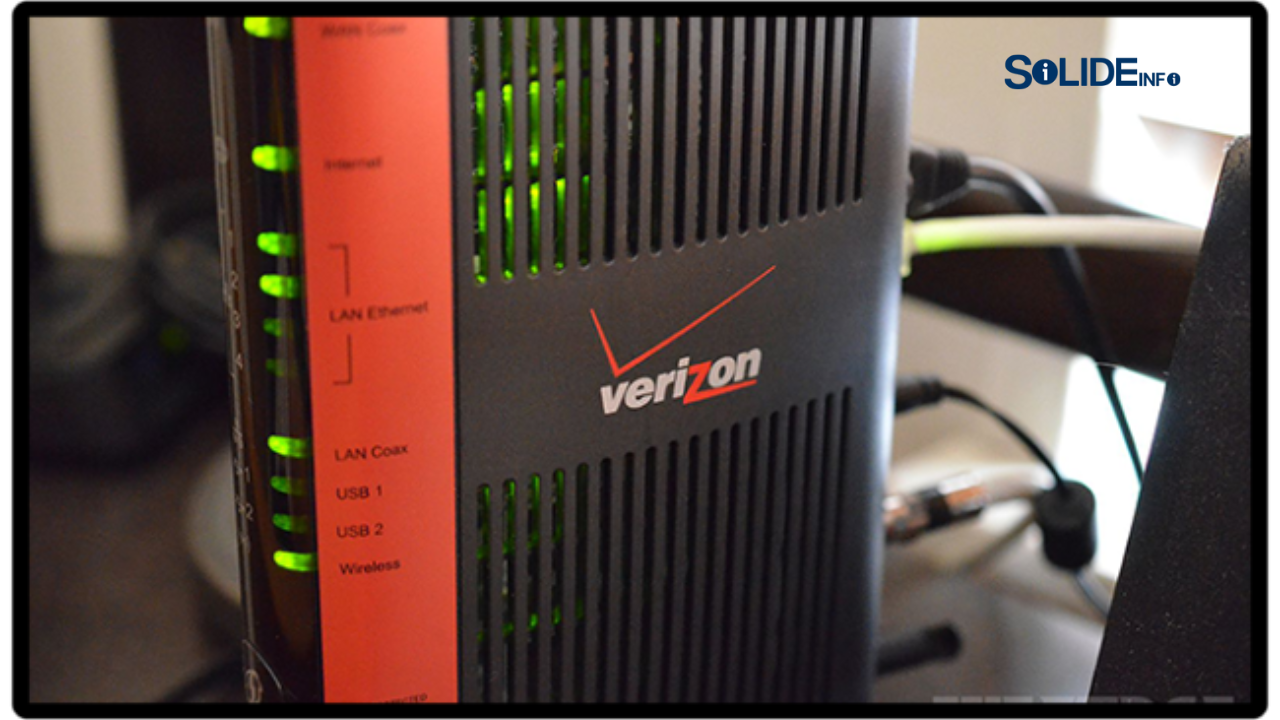As we enter 2025, effective project budgeting remains a critical factor for businesses aiming to achieve their goals efficiently and within financial limits. Marketing services, in particular, demand precise budgeting tools to keep up with rapid changes in trends and consumer behavior. This article explores the best project budgeting tools for 2025, their benefits, and how they can seamlessly integrate into your workflow to maximize returns.
Why Effective Budgeting is Essential
Budgeting is more than just tracking expenses; it’s a strategic process that ensures resources are allocated effectively to meet project objectives. In the fast-paced world of marketing, where adaptability is key, managing a well-structured budget allows teams to respond quickly to new opportunities and challenges.
Good budgeting practices also promote transparency, allowing all stakeholders to understand where funds are being spent and why. This accountability builds trust within teams and with clients, fostering a collaborative environment. In a highly competitive field like marketing, having a clear view of your finances can make the difference between success and failure.
Top Project Budgeting Tools for 2025
The tools available for project budgeting have evolved significantly, offering innovative features that make managing finances easier and more precise. Let’s look at some of the leading solutions for 2025.
ClickUp stands out as an all-in-one tool that combines budgeting with project management. Its customizable dashboards and collaboration features make it ideal for teams looking to align financial tracking with overall project goals.
For companies already using Adobe’s suite of tools, Adobe Workfront integrates seamlessly to offer real-time visibility into planned and actual budgets. Its intuitive design makes it a favorite for marketing teams managing multiple campaigns.
Smartsheet, known for its flexibility, offers robust reporting and planning capabilities. Teams can create tailored workflows to align budgeting with project timelines and deliverables.
Finally, Harvest is a straightforward solution that helps businesses monitor project hours and costs in real-time, making it particularly useful for smaller teams aiming to prevent budget overruns.
These tools cater to a range of business sizes and needs, offering advanced features like automation, real-time tracking, and integrations with other financial platforms. Choosing the right one depends on your specific workflow and budget management goals.
Integrating Budgeting Tools into Your Workflow
Selecting a budgeting tool is just the first step. Successfully integrating it into your workflow requires a strategic approach. Begin by evaluating your current processes and pinpointing inefficiencies that a budgeting tool could address. This might include tracking overspending, managing unexpected costs, or improving team collaboration.
Engage key stakeholders in the decision-making process to ensure the chosen tool meets everyone’s needs. This collaboration fosters buy-in across the team, making implementation smoother. Once the tool is selected, provide training to familiarize all users with its features. A well-trained team will leverage the tool more effectively, resulting in better financial outcomes.
Regular updates to your budget are essential to reflect any changes in strategy or unexpected external factors. By making the budgeting tool a core part of your workflow, you can improve efficiency, enhance communication, and maintain financial control throughout your projects.
Advanced Budgeting Techniques to Maximize ROI

While using a budgeting tool can streamline financial management, combining it with advanced techniques can significantly improve results. For example, zero-based budgeting requires justifying each expense from scratch, ensuring every dollar aligns with your project’s goals. This method eliminates unnecessary spending and focuses resources where they’re most impactful.
Performance-based budgeting is another approach that ties financial allocations to measurable outcomes. By connecting budgets to specific deliverables or milestones, teams can evaluate the effectiveness of their spending and adjust as needed.
When integrated with project budgeting tools, these techniques provide a robust framework for making data-driven decisions. The result is not only better financial management but also higher returns on investment, as every expense is optimized for maximum impact.
In 2025, the best project budgeting tools are more than just expense trackers—they’re strategic assets that empower teams to make informed decisions, adapt to changing circumstances, and drive success. By choosing the right tool and integrating it effectively into your workflow, you can unlock new levels of efficiency and financial control in your projects.
This article is for informational purposes only and should not be considered professional advice.



